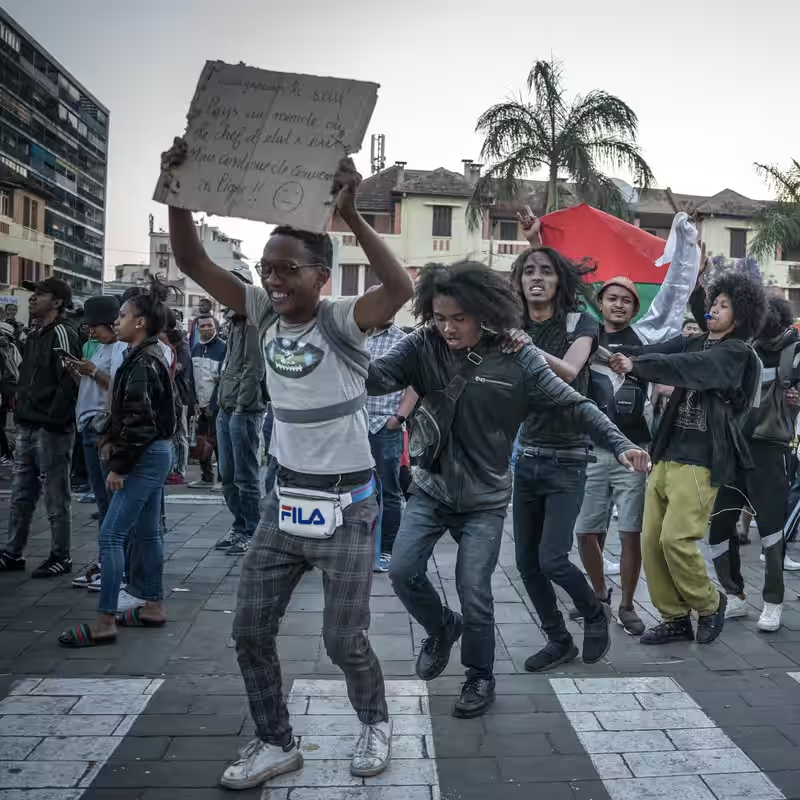The world is witnessing a seismic shift in political activism, and it’s being led by a generation that refuses to wait its turn. From the streets of Kathmandu to the halls of the Louvre, Gen Z is orchestrating a new kind of revolution—one that’s decentralized, digitally native, and dangerously effective.
What Are the Gen Z Revolutions?
Often dubbed “the Gen Z protests,” these youth-led movements have erupted across multiple continents in 2025, fueled by a potent mix of digital connectivity, economic despair, and climate anxiety. Unlike past uprisings, these aren’t confined to a single cause or country. They’re a contagion of dissent, spreading faster than any government can contain.
In Nepal, the spark came from a nationwide ban on social media platforms—a move that backfired spectacularly. Young citizens, already frustrated by rolling blackouts and water shortages lasting over 12 hours, took to the streets in what became the largest demonstrations in the country’s recent history .
The Louvre Heist: Symbolism Over Theft?
Perhaps the most audacious moment of this global wave came in Paris, where a four-minute daylight heist at the Louvre stunned the world. While authorities scrambled to recover stolen jewels, activists claimed the act wasn’t about greed—but about symbolism. The message? Even the most revered institutions of old power are vulnerable .
This wasn’t random vandalism. It was performance protest—a tactic Gen Z has mastered. By targeting cultural icons, they force the world to pay attention.
Why Gen Z Protests Are Different
Unlike the Arab Spring, which centered on physical gathering points like Tahrir Square, today’s Gen Z movements operate without a central square—literal or metaphorical. They’re fluid, leaderless, and algorithmically amplified. A protest in Dhaka can inspire one in Colombo within hours, coordinated through encrypted apps and meme culture .
Key characteristics include:
- Decentralized leadership: No single figurehead means no easy target for crackdowns.
- Digital-first organizing: TikTok, Telegram, and Signal replace traditional rally calls.
- Cross-border solidarity: A protest in Sri Lanka uses the same visual language as one in Chile.
- Economic + climate justice: Demands blend immediate survival needs with long-term planetary concerns.
Where It’s Happening Now
| Country | Trigger | Key Demand |
|---|---|---|
| Nepal | Social media ban + infrastructure collapse | Government resignation, digital rights |
| Bangladesh | Student loan crisis + heatwave deaths | Education reform, climate action |
| Sri Lanka | Food inflation + power cuts | Economic transparency, youth representation |
| France | Louvre heist aftermath | Cultural decolonization, wealth redistribution |
South Asia, in particular, has become a hotspot for this new wave of unrest, with analysts questioning whether the region is uniquely fertile ground for Gen Z-led change .
Can Governments Keep Up?
Traditional counterinsurgency tactics are failing. Cutting internet access only fuels outrage. Arresting “leaders” is futile when there are none. And ignoring the protests risks total institutional collapse—as seen in two governments that fell in under three weeks this fall.
Experts warn this is just the beginning. With global youth unemployment near record highs and climate disasters intensifying, the conditions for sustained rebellion are ripe.
Sources
- The New York Times: The Contagious Gen Z Revolutions
- Web search sources: , , ,




